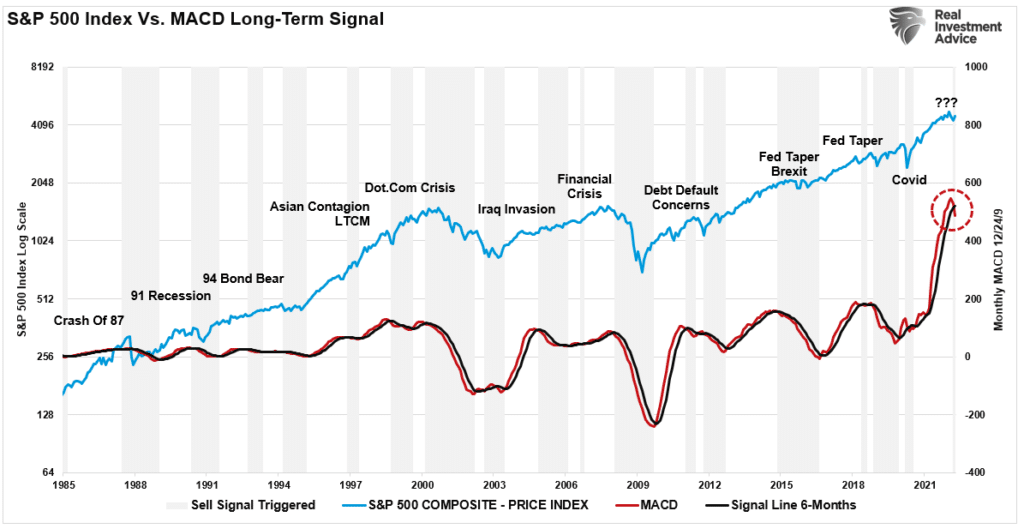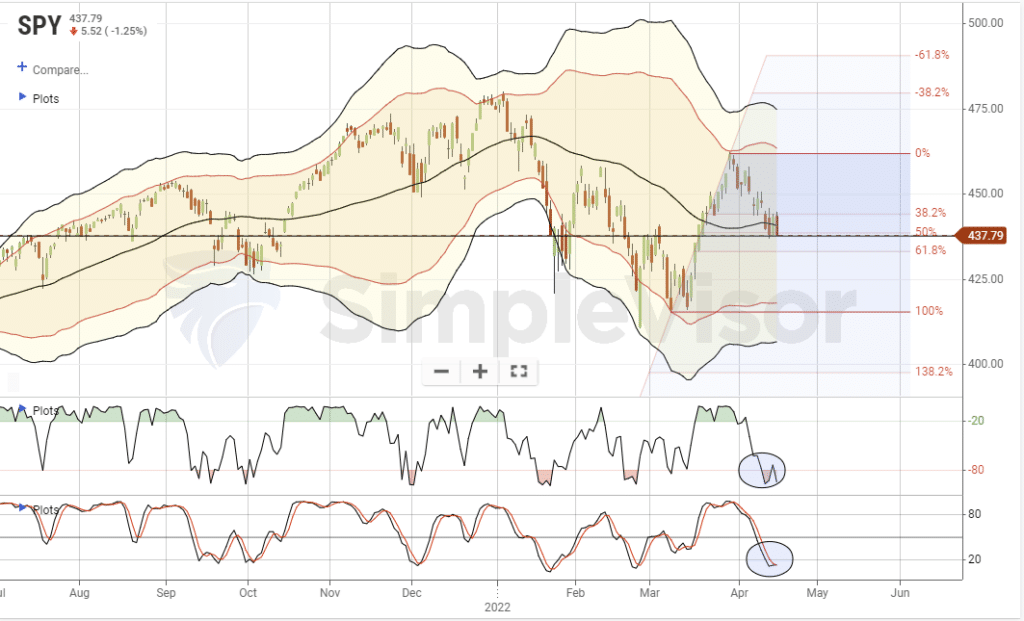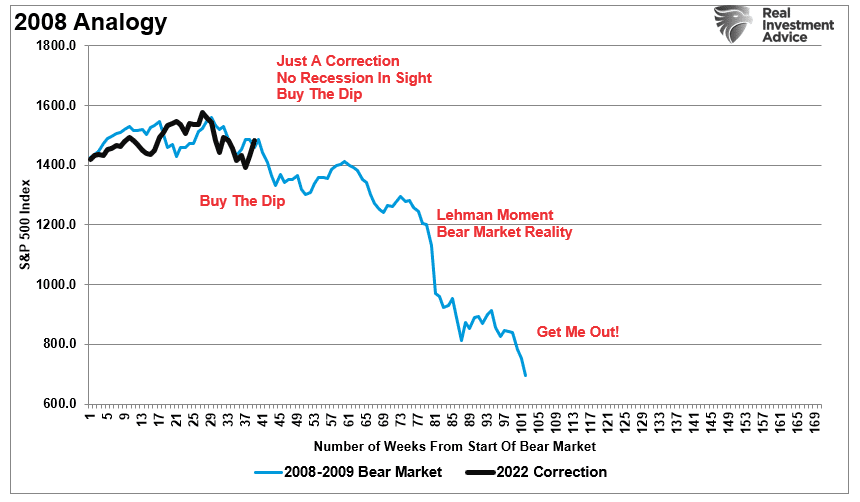The Boring Company's follow-on announcement is even more exciting…
We had a look on Tuesday at how Elon Musk's Boring Company is cashed up and ready for business.
Well, the story just got even more interesting.
As a follow-on development, The Boring Company revealed that it plans to test a full-scale hyperloop later this year.
This is huge news.
For the sake of newer readers, hyperloop technology utilizes magnetic levitation and vacuum tubes to power super-fast trains at speeds of 600 miles per hour or more.
We talked about this concept in late 2020 when Virgin Hyperloop, now a Richard Branson company, was gearing up to test a hyperloop track in West Virginia.
Yet this technology all stems from a white paper that Musk wrote back in 2013, spelling out how the physics underlying hyperloop technology work.
To give us a visual, here's an image from that white paper:
Hyperloop White Paper Sketch

Source: Tesla
Here we can see a rough sketch of what a high-speed hyperloop train would look like. And Musk was even kind enough to outline how the physics would work as the capsules zip through the transportation tubes.
Hyperloop Physics

Source: Tesla
At the time, Musk was far too busy with SpaceX and Tesla to take on another project. So he put his idea to paper, and then he made the white paper available to the world. Anyone was free to take the work and run with it.
In fact, Hyperloop Technologies, which later become Virgin Hyperloop, was formed on the back of Musk's paper. Another company, Arrivo, tried to do the same.
As for his motivations, Musk was responding to a high-speed rail transportation project proposed in California. The project could have cost taxpayers $68.4 billion… if everything went perfectly.
Musk showed that a hyperloop system of the same size would cost less than $6 billion. That's over 91% less expensive.
Now that SpaceX is humming, and Tesla is dominating the EV and autonomous driving market, it appears that, incredibly, Musk has some bandwidth to bring this idea back to life. With The Boring Company fully capitalized, he has the perfect opportunity to expand the business into hyperloop technology.
As Musk pointed out, we can build this technology at fractions of the cost of a high-speed rail system. As such, it can make public transportation far more efficient. Plus, we can also ship cargo through hyperloop systems as well.
Musk thinks hyperloop technology is the fastest way to move people and cargo over any distance that's less than 2,000 miles. That's the value proposition here.
And here's the thing – all the technology needed to build out hyperloop systems already exists. It's not as if some new technology needs to be invented.
We have already seen a proof-of-concept with Virgin Hyperloop's tests in West Virginia. The tech works, and as usual, Musk will do it even better.
That's why Musk is so confident that The Boring Company can build and test a full-scale hyperloop later this year. He has both the capital and the engineering wherewithal to make it happen.
And my guess is that once large municipalities around the world see the advantages, they will extend massive contracts to have their own hyperloops built. I would not be surprised to see The Boring Company ink a nine-figure deal as early as next year.
Given how fast the Prufrock machines can dig tunnels, we may just see our first hyperloop in the U.S. within the next few years.
by Jeff Brown
















